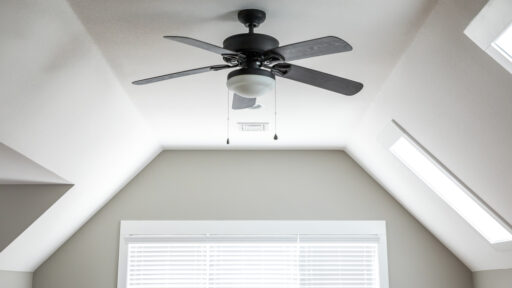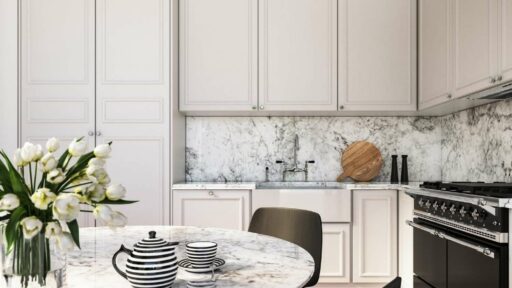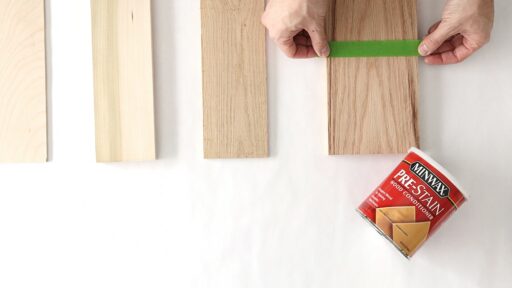Colors are more than just visual elements in a room. They carry emotional power and can influence how people feel in different spaces. When used in interior design, colors can create calm, energy, happiness, or even sadness.
Interior designers, homeowners, and painters all use color carefully to set the mood in a space. A living room, bedroom, office, or even a small corner can feel completely different depending on the chosen colors.
This article explores how colors shape emotions in interior spaces and how you can use them effectively in your own home.
The Psychology of Color in Interiors
Colors affect the brain in unique ways. Warm shades like red, orange, and yellow can increase energy and excitement. Cool shades like blue, green, and purple bring calmness and relaxation. Neutral tones like beige, gray, and white often give balance and harmony.
Designers study how colors influence behavior before choosing the right palette for a room. The psychology of color helps create spaces that match the purpose of the area, whether it is for work, rest, or play.
The Power of Warm Colors
Warm colors remind people of the sun and fire. They are strong and vibrant. Red is linked to passion, strength, and energy. Orange feels cheerful and can boost creativity. Yellow represents joy and warmth.
These colors are often used in kitchens, dining rooms, and social spaces because they create lively environments. However, if used too much, warm colors can feel overwhelming. That is why many designers balance them with softer tones.
The Calm of Cool Colors
Cool colors are often connected to nature. Blue is the color of the sky and water. It reduces stress and makes people feel at ease. Green is the color of plants and is known to bring balance and peace.
Purple can bring creativity and a sense of luxury. Cool colors are perfect for bedrooms, bathrooms, and quiet spaces where relaxation is needed. They help lower tension and create a peaceful atmosphere.
The Role of Neutral Colors
Neutral colors are versatile and timeless. Shades like white, gray, and beige can work in any type of space. They do not distract and allow furniture or decorations to stand out. Neutrals also create a sense of cleanliness and simplicity.
Designers often use them as a base and add accents of bold colors for personality. Neutral palettes are common in modern and minimalist designs. They also help small rooms appear bigger and brighter.
The Emotional Impact of Bold Colors
Bold colors create strong emotions. Deep reds, bright blues, and striking yellows catch attention right away. They can make a space exciting and dramatic. However, bold colors need to be used carefully.
Too much can cause stress or make a room feel too intense. Using them as accent walls or in small details is often the best choice. Bold colors are great when you want a space to feel unique and full of character.
The Comfort of Pastel Tones
Pastel tones are soft and light. They bring a sense of comfort and calm. Pastel pinks, blues, greens, and yellows are often used in nurseries and bedrooms because they feel gentle and safe.
These shades are also popular in modern homes because they combine softness with style. Pastels are easy on the eyes and can make a room feel bright without being too strong. They are perfect for spaces where you want to relax or unwind.
Using Color to Define Spaces
Colors can define the function of a space. For example, a bright yellow kitchen feels welcoming and cheerful, while a deep blue office can improve focus. A green living room may bring harmony, while a pastel pink bedroom can feel cozy and soft.
Choosing the right color for each room helps support the activity that happens there. Even in open spaces, different colors can separate areas without walls. A skilled Orlando painter can help homeowners find the right tones to match their lifestyle and emotional needs.
Cultural Meanings of Colors
Colors do not mean the same thing in every culture. For example, white often means purity in Western cultures, but in some Asian cultures, it is linked with mourning. Red can mean luck and celebration in some places, while in others, it may feel aggressive.
Interior designers consider cultural meanings when choosing colors for homes and public spaces. This ensures that the design is not only visually pleasing but also respectful and meaningful to the people who use the space.
Light and Color Interaction
Light changes how colors look. A wall painted blue may look brighter in natural daylight but deeper under artificial lighting. Warm lights can make colors appear more golden, while cool lights may make them feel sharper.
That is why lighting is just as important as paint when designing interiors. Before finalizing a color, designers often test how it looks at different times of day. This ensures that the color feels right in every lighting condition.
Tips for Choosing Colors for Your Home
When choosing colors for your home, think about the mood you want each room to have. Start with a neutral base and add accent colors that fit your style. Use warm shades in areas where you want energy, and cool shades in places where you want calm.
Test paint samples in different lighting before making a final decision. Consider using pastels for comfort or bold shades for a statement. Always balance strong colors with softer tones so that the space feels pleasant and not overwhelming.
All About Colors in Shaping Emotions
Colors shape emotions in powerful ways. They can bring energy, peace, comfort, or excitement to a space. From warm and bold tones to cool and pastel shades, each choice carries meaning. Neutrals create balance, while lighting changes the way colors appear.
Understanding how colors affect mood helps homeowners and designers make better choices for their interiors. By using color with care, any space can feel more inviting and supportive of the activities that happen there. The right palette transforms not just the look of a room but also the way people feel when they spend time inside it.
Looking for more tips and ideas? We’ve got you covered. Check out some of our other posts now.








